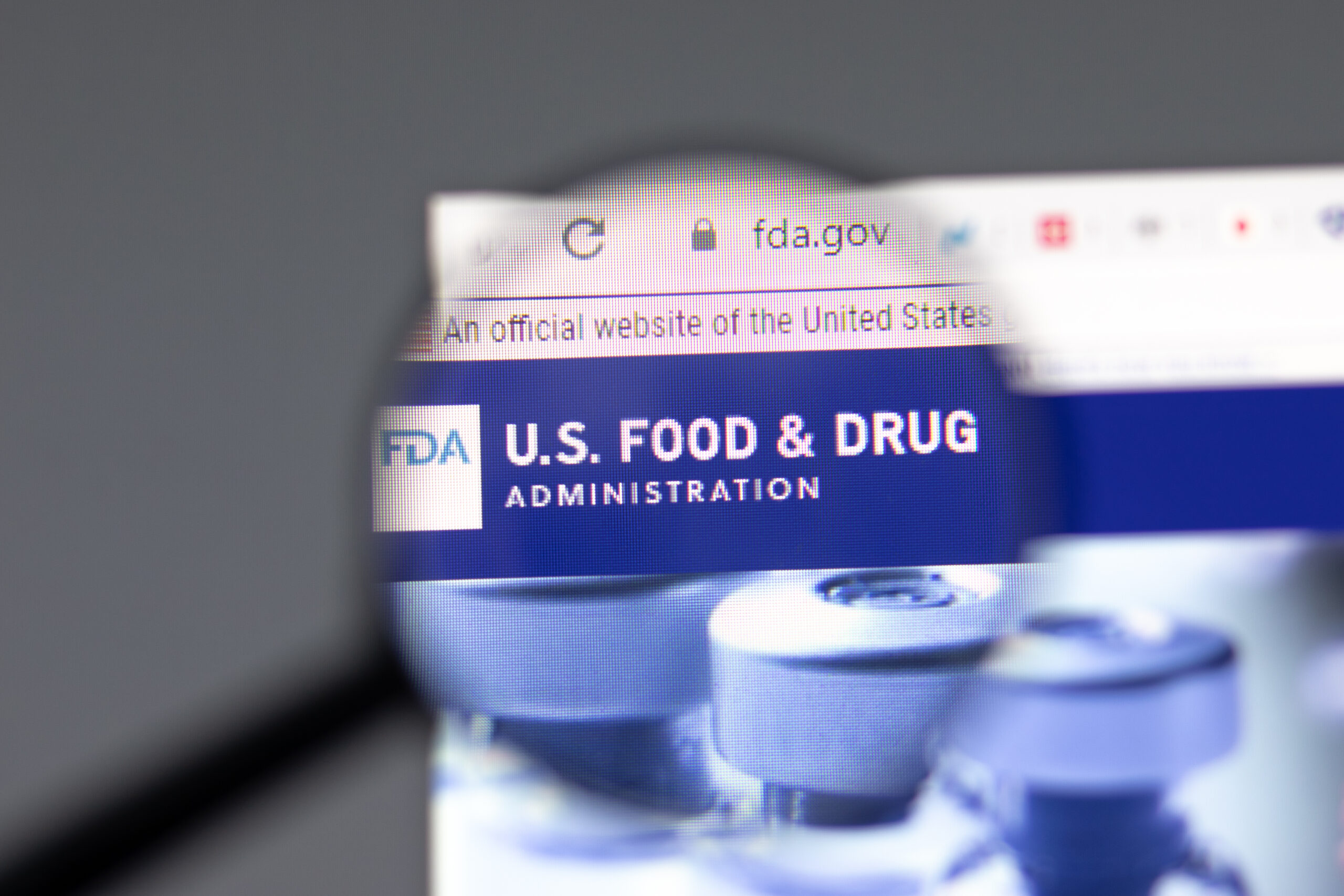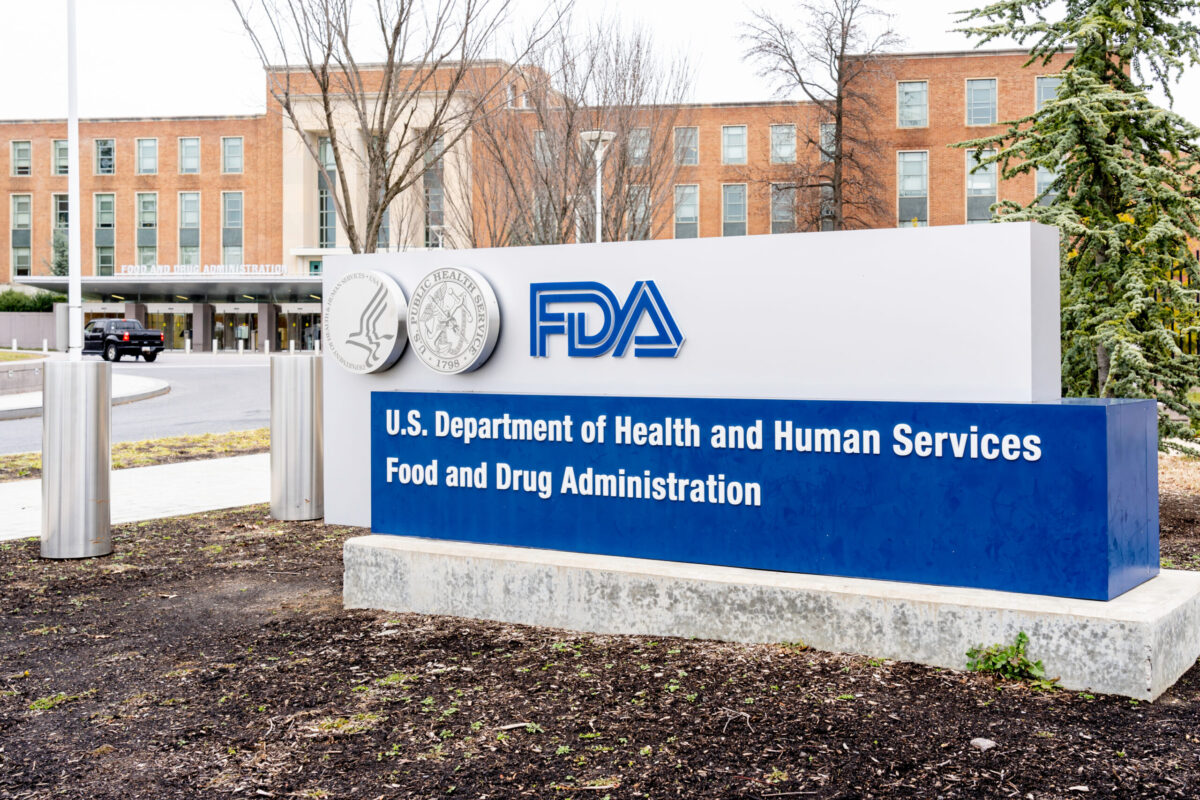In 2013, the US Food and Drug Administration (FDA) warned doctors against prescribing codeine to children after undergoing common surgical procedures due to serious risks of respiratory problems and death. But according to a new study published in the journal Pediatrics, one in 20 kids still gets a prescription for the opioid after tonsil and adenoid removal.
“The residual codeine prescribing is concerning since this should be a zero event,” said lead author Dr. Kao-Ping Chua, a researcher and pediatrician at University of Michigan C.S. Mott Children’s Hospital. “We need to ensure children are not subjected to unnecessary potential harm when we have reasonable alternatives.”
Re-evaluation of the safety of codeine in pediatric patients prompted the FDA to mandate inclusion of a back box warning on the painkiller four years ago. While this decision helped to curb use of the medication in children, the results of the current study suggest it fell short of stopping the practice altogether.
Using claims data from over 360,000 privately insured pediatric patients who underwent a tonsillectomy and/or adenoidectomy procedure between 2010 and 2015, the researchers sought to investigate the codeine prescribing behaviour among physicians. While the FDA’s warning in 2013 decreased the number of codeine prescriptions for kids by about 13 percent, the researchers found that 5 percent of patients were still prescribed codeine nearly three years after the black box warning was included on the opioid.
Of concern is the trend towards replacing codeine prescriptions with stronger opioids, including oxycodone and hydrocodone. Given the current surge in opioid misuse and overdose deaths in the US, this finding is worrying for the next generation.
“Though over-the-counter medications like ibuprofen are quite effective for pain after these surgeries, some children with more severe pain will require opioids like oxycodone and hydrocodone,” said Chua. “The problem is that there are also concerns regarding the safety and abuse potential of these alternative opioids.”
According to Chua, the focus now is on encouraging physicians to stop prescribing opioids to pediatric patients following these common surgeries. The risk of respiratory depression and death is highest in children known as “ultra-metabolizers”, whose liver rapidly coverts codeine into morphine.
“The problem is we don’t how each patient metabolizes codeine. So every time a doctor prescribes codeine to a child, they are rolling the dice with the child’s health,” said Chua. “Our findings suggest the need to increase efforts to eliminate inappropriate codeine prescribing and encourage the use of effective non-opioid medications following tonsil and adenoid removal in children.”












Join or login to leave a comment
JOIN LOGIN